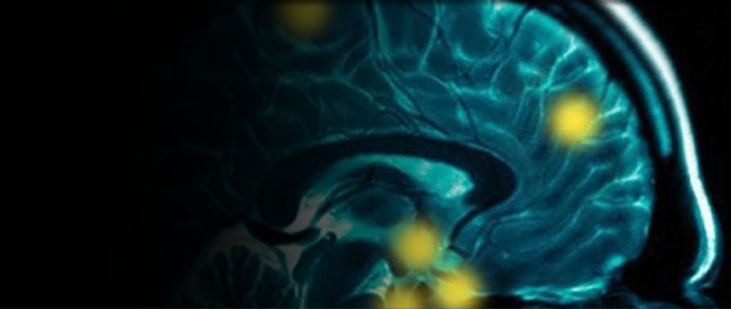Neuroimaging has advanced our understanding of how the living brain operates, providing structural and functional images of both healthy and diseased brains. This technology pervades today’s society, particularly affecting the legal arena. Some judges argue that scientific evidence, which offers insight into the offender’s mental state, is crucial because it is the only
means of determining whether an offender’s punishment is proportional to his crime.1 Other judges argue that “objective” evidence does not “wholly determine the controversy,” and focus instead on their duty as gatekeepers to independently evaluate scientific evidence. If courts use brain images to make their culpability determinations more objective and sound, these images must meet pertinent legal standards and shed light on medical conditions. For neuroimaging to meet these legal and medical standards with scientific integrity, scientists must convincingly correlate the dynamic images in a person’s brain with the way the person is thinking or acting at that moment.
Source: American Journal of Law and Medicine, 2007. [Read full article]



